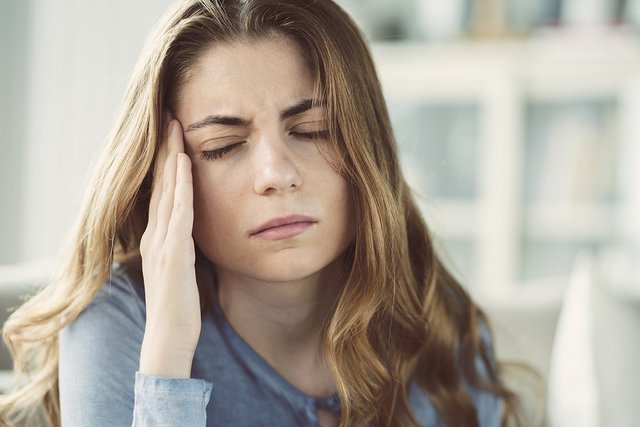Everything You Need to Know About Your Headache and How to Get Rid of It
Headaches are one of the most common medical problems in the world. About 97% of people will have at least one headache in any given year, and about ⅓ of these people will have recurrent or chronic headaches. The good news is that there are many different treatments for headaches available today. There are also many different types of headaches that can be treated with different methods. Below are the most common types of headaches, their symptoms, and how they can be treated. Please consult your Headache Doctors in Miami to find out what treatment will work best for you.
Types of headaches
There are many types of headaches that can be treated by a variety of treatments. These include:
Tension Headaches: Tension headaches are the most common type of headache and usually occur as a result of muscles in the neck, head, and shoulders tightening up to provide relief from stress. They tend to be mild and often resolve themselves after a few days.
Castor Oil: Castor oil is one treatment option for tension headaches which can be rubbed on the temples or forehead. While it is not effective for everyone, it has been shown to have some effectiveness when applied topically.
Migraine Headaches: Migraines are severe headaches that are typically accompanied by nausea, photophobia, vomiting, and/or aura symptoms. There are many different treatments for migraines including migraine medications like Imitrex or Fioricet. It is important to speak with your doctor about which medication will work best for you based on your specific symptoms before taking any medications on your own.
Cluster Headaches: Cluster headaches are agonizingly painful headaches that occur at regular intervals throughout the day or night for about one week per cluster period. You may experience an intense feeling of pressure around both eyes along with pain.
Headache symptoms
Migraine headaches are the most common type of headache, accounting for about ⅓ of all headaches. They are caused by inflammation in the brain and can be triggered by hormonal changes, certain foods, alcohol consumption, stress, bright lights or loud noises. Migraine sufferers often have auras that warn them that they're about to get a migraine.
Tension headaches are the next most common type of headache, but they are much less severe than migraines. Tension headaches can be caused by muscle contractions and tightness in the neck and upper back area. Stress and anxiety can also be causes of tension headaches.
Short-term relief for migraines:
Some preventative treatment options for migraines include over-the-counter pain relievers like ibuprofen or acetaminophen (prescription medication is also available). Avoiding triggers such as certain foods or alcohol often helps relieve migraines as well. For some people, sleeping in complete darkness may help prevent migraines from occurring.
Daily use of relaxation techniques such as meditation and deep breathing exercises may also help reduce the frequency and duration of migraine attacks. A physical therapist or massage therapist may also help release muscle tension
Treatments for your headache
-Tension headaches: The most common type of headache, these are usually caused by muscle contractions in the neck and upper back.
-Migraine headaches: These types of headaches can be very painful and typically come with a headache, nausea, vomiting, sensitivity to light, and/or sound.
-Cluster headaches: A sudden pain around one eye that usually lasts for about 15 minutes. It is rare but can be quite severe; it affects about 1% of the population.
Conclusion
Headaches are not just a nuisance, they are also a sign that something is wrong. Most headaches don’t require medical attention, but all headaches should be monitored. You can learn more about what types of headaches exist and what you can do about them by reading the following blog post.
